Freezing food is a lifesaver—until it isn’t. Tossing things in the freezer seems like a foolproof way to keep them fresh, but some foods don’t handle the deep chill well. To save your taste buds and groceries, check out this list of foods that should never take an icy plunge.
Cucumbers
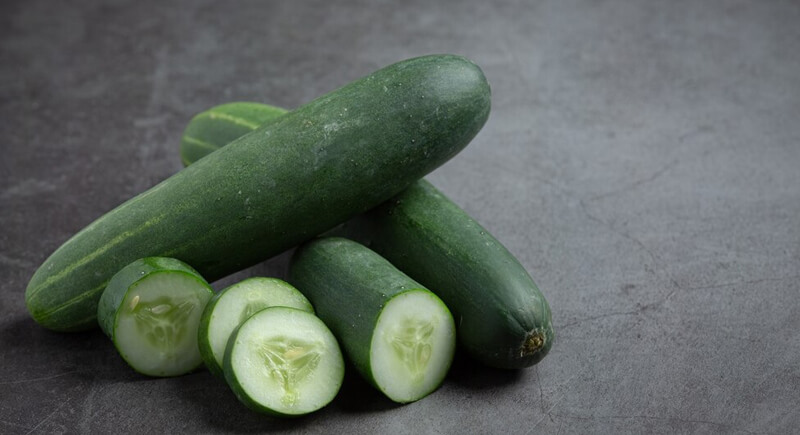
Once thawed, these crunchy, water-packed veggies turn into mushy disasters. The high water content causes ice crystals to form and thus destroys the texture. You’ll get something slimy and sad instead of the crisp bite you expect. If you need to store cucumbers longer, keep them in the refrigerator, wrapped inside a loosely closed bag.
Unbaked Muffins
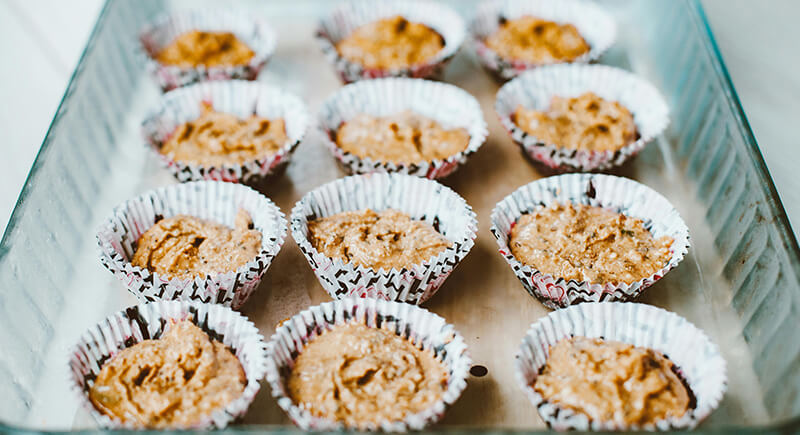
It sounds convenient—freeze the batter and bake fresh muffins later. But here’s the problem: freezing changes how baking powder and soda react, often leading to dense and disappointing muffins. The liquid ingredients can also separate, which will give you an uneven bake.
Milk Sauces and Gravies
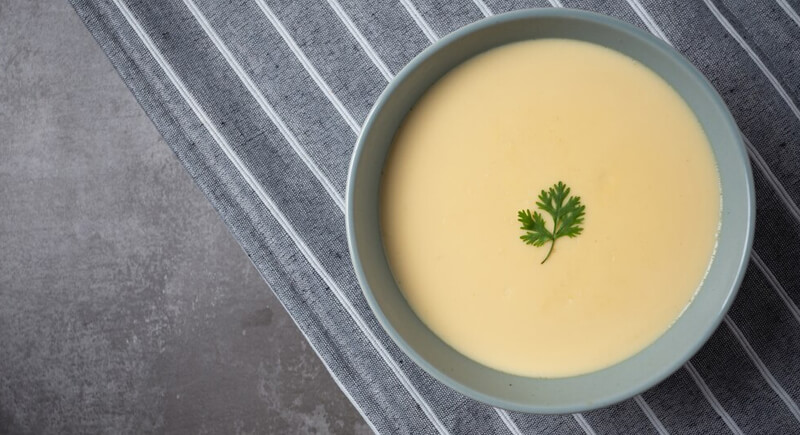
Freezing a dairy-based sauce sounds excellent until you freeze it. It results in a separated, curdled mess that refuses to return to its smooth, creamy glory. Dairy and freezing don’t get along because the fat and water separate during thawing.
Jell-O and Gelatin Desserts
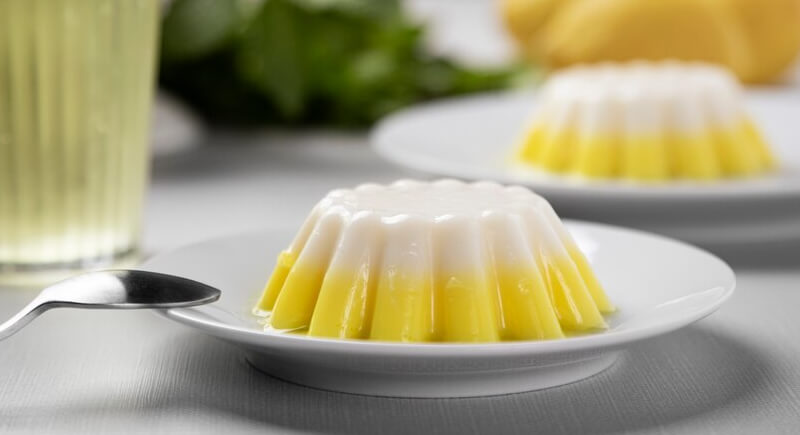
Jell-O may wiggle and jiggle, but once frozen, it turns into a watery, grainy mess. The gelatin structure breaks down, thus causing the texture to change from smooth to something resembling curdled milk.
Raw Potatoes
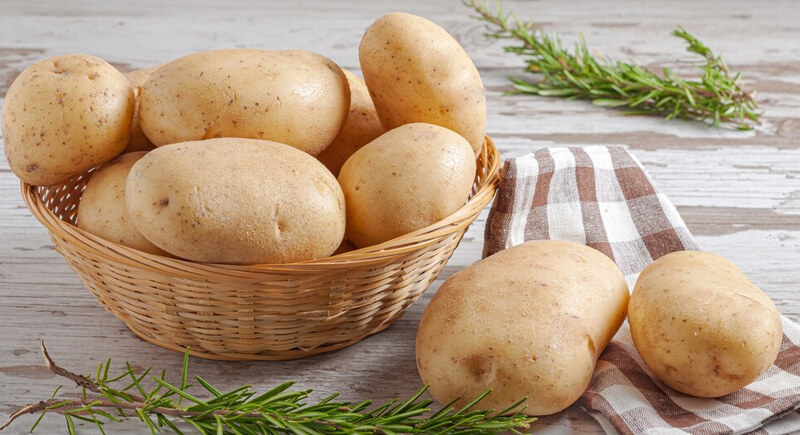
Potatoes might seem freezer-friendly, but raw ones? Not so much. Their high water content causes them to turn black, grainy, and weirdly sweet after freezing. This texture change makes them unpleasant to cook and prevents them from crisping up like they should.
Fried Foods
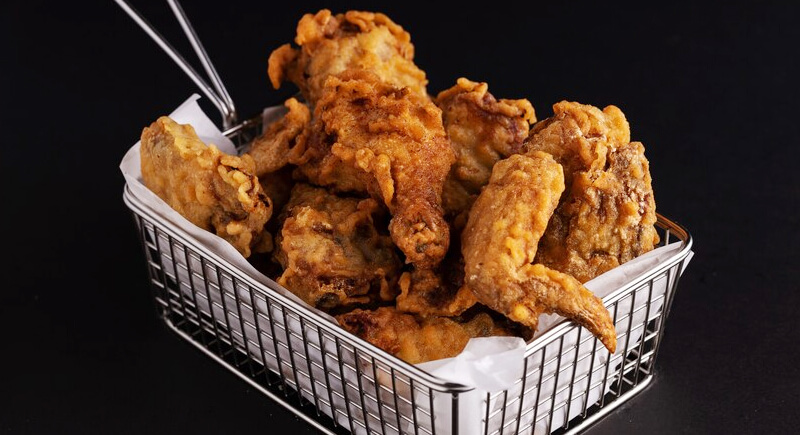
Have you tried freezing French fries or fried chicken from a takeout box? The result is disappointing. The crispy exterior turns soggy, and reheating doesn’t restore the crunch—it just makes things greasy. The oil and moisture mix in all the wrong ways and leave you with a sad, limp version of what used to be delicious.
Custard Fillings
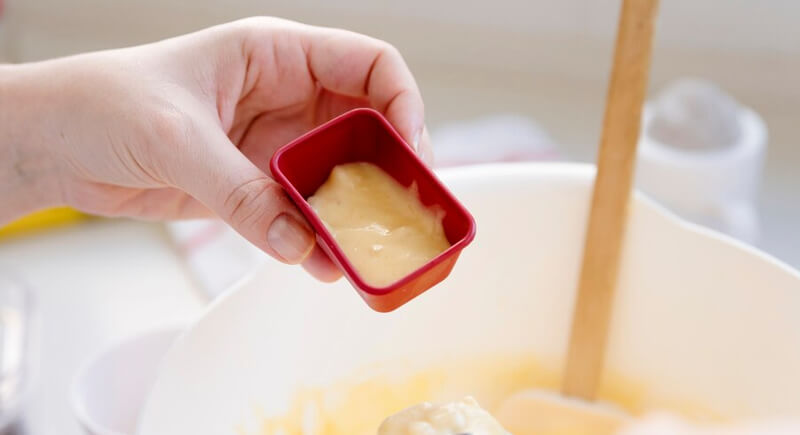
Freezing that silky, creamy custard inside a pie or pastry will destroy everything good about it. The eggs and dairy separate, and instead of smooth perfection, you find something that looks like it has melted and re-solidified in the worst way.
Cooked Pasta
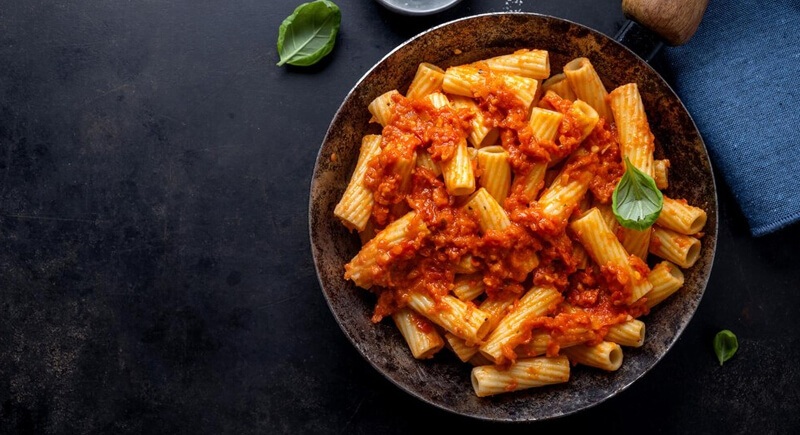
Freezing cooked pasta might sound like a meal prep win, but it rarely works out. When thawed, the texture turns mushy and overcooked. The pasta absorbs moisture, so freezing and reheating cause it to become a gluey, sticky mess.
Lettuce
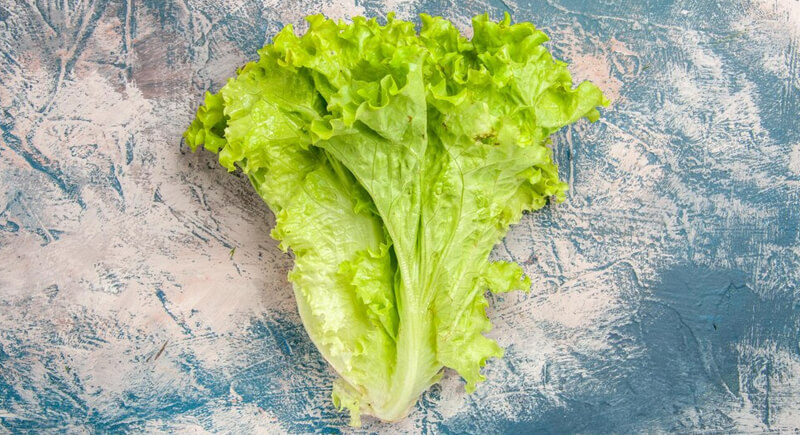
Frozen lettuce turns into green sludge the moment it freezes. The high water content leads to ice crystals forming, which destroy the crisp texture. Once defrosted, it’s limp, lifeless, and only good for the trash. If you have extra lettuce you can’t use, turn it into a salad or wrap it in a damp towel to extend its life.
Coffee Beans
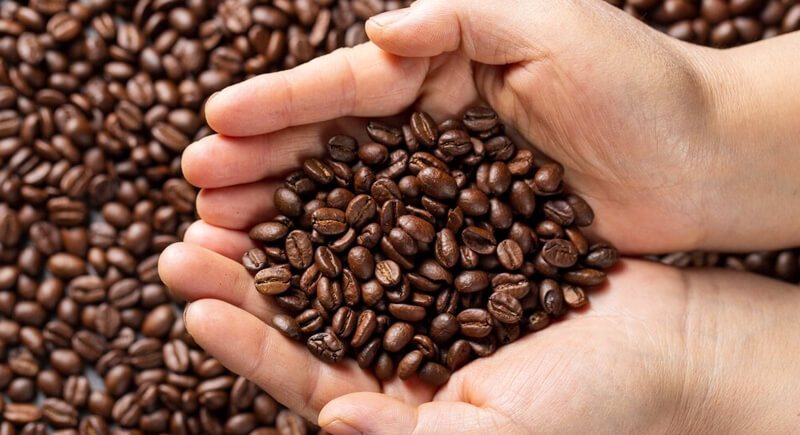
Some people swear by freezing coffee beans to preserve freshness, but it’s not helping. Coffee beans absorb moisture and odors from the freezer, which alters the flavor. Repeated freezing even causes condensation and messes with the oils that give coffee its rich taste.
Soft Cheeses

Freezing soft cheeses like brie, cream, or goat cheese turns them into crumbly disasters. The moisture inside separates from the fat, wrecking the creamy texture. Once thawed, you get a grainy, watery version better suited for cooking than spreading on a cracker.
Meringue
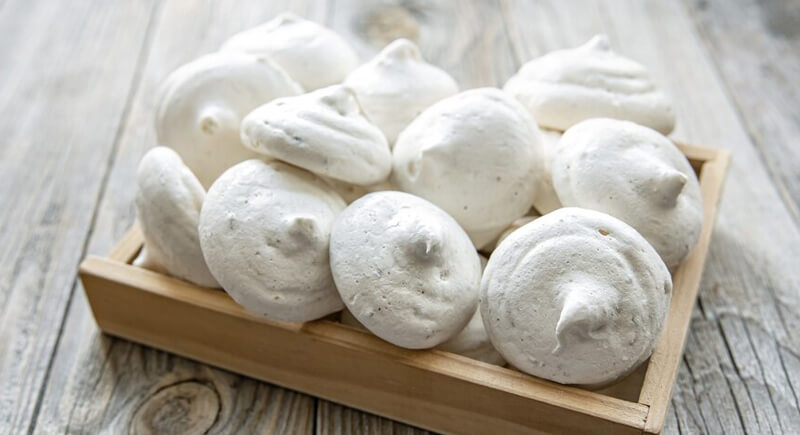
Meringue relies on airiness and delicate texture, which disappear after freezing. When thawed, it turns into a weepy, rubbery mess—more like sticky foam than a light, crispy treat. The moisture from freezing ruins the structure.
Raw Cabbage
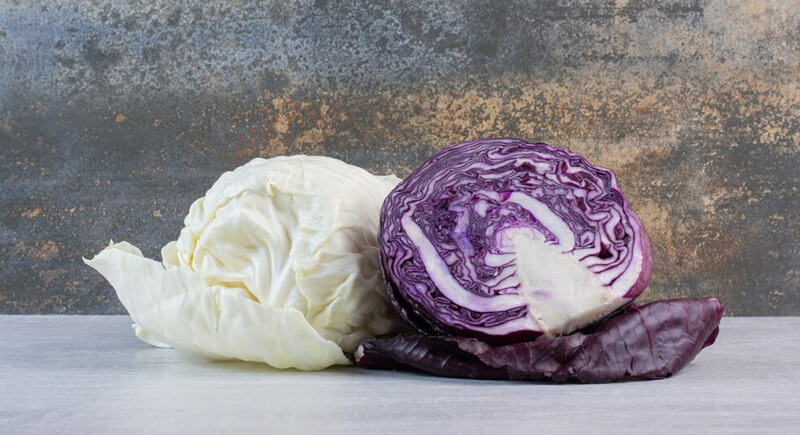
Raw cabbage might seem like a freezer-friendly vegetable, but, like lettuce, it turns into a limp, watery mess when stored wrongly. The crisp texture disappears and leaves behind something best suited for soup or stir-fry, not fresh slaw.
Icings Made from Egg Whites
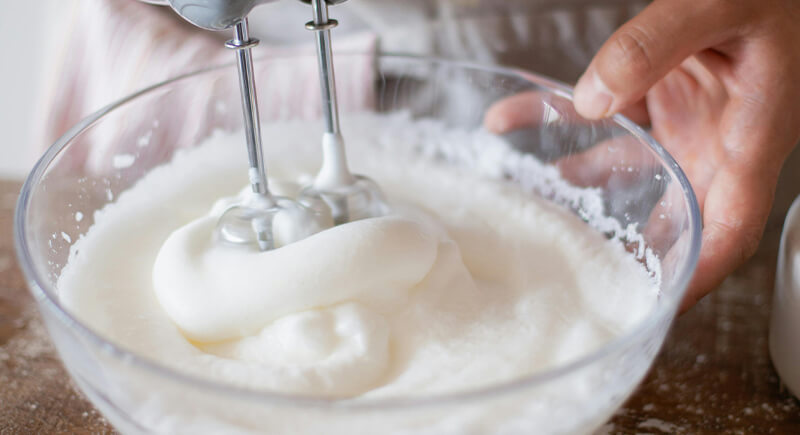
Egg white-based icings, like royal icing, do not freeze well. The texture becomes grainy, and the glossy, smooth finish breaks down. Once thawed, the icing weeps, making it impossible to restore. Freezing will only undo all your hard work.
Yogurt
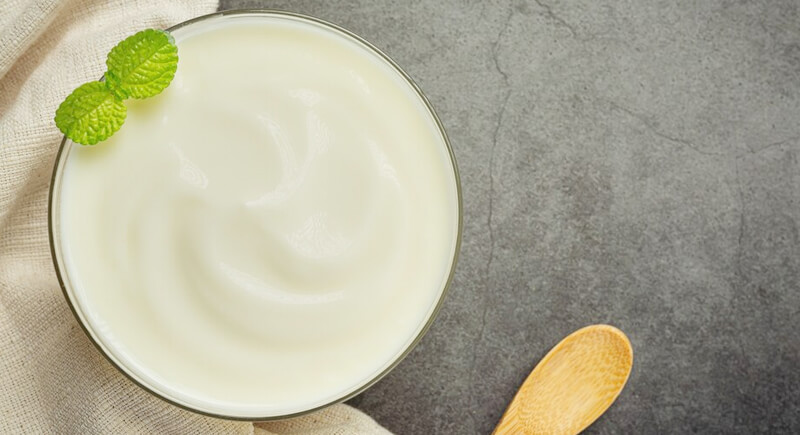
Frozen yogurt? Sure. But regular yogurt? Not a great idea. Freezing causes the proteins and water to separate, leading to a grainy, watery consistency. Thawed yogurt loses its creamy texture and can become lumpy.
Mayonnaise-Based Salads

Potato salad, chicken salad, and anything else swimming in mayo should stay far away from the freezer. Mayo separates when frozen, creating a gross, watery mess instead of a smooth dressing. When thawed, these salads lose their texture and taste more like regret than a refreshing side dish.